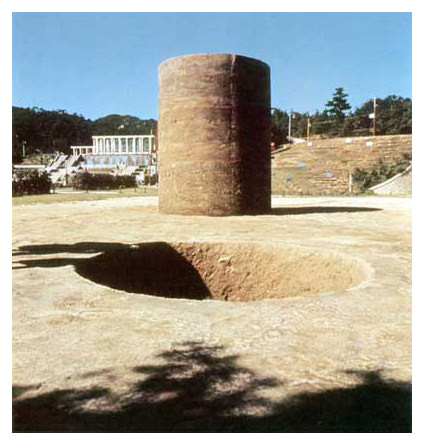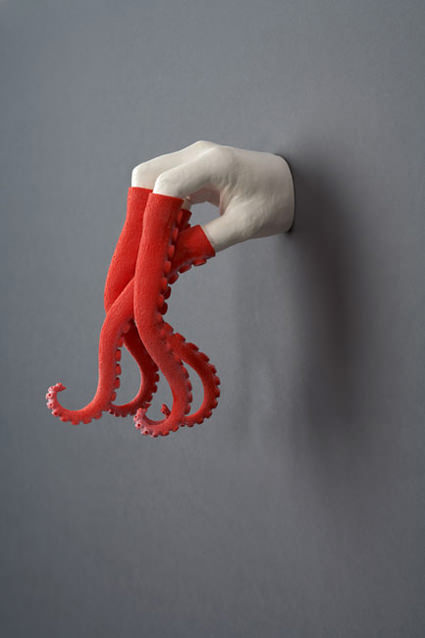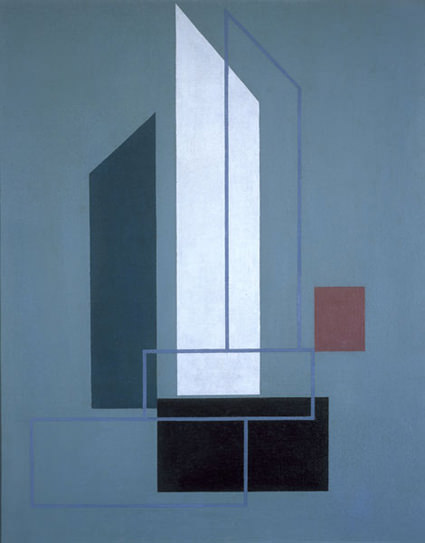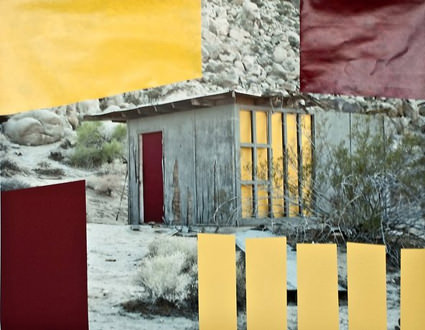THE ART OF MONO-HA – REQUIEM FOR THE SUN
2012-03-05Mono-ha’s primary tenet explores the encounter between natural and industrial objects, such as glass, stones, steel plates, wood, cotton, light bulbs, leather, oil, wire and Japanese paper, in and of themselves arranged directly on the floor or in an outdoor field. Evident in their works is a tendency based not on the art historical recuperation of objects, but on maintaining an affective relationship between works and our surrounding environment. That is, the works operate as a process of perceiving a perpetually passing present that opens the materiality of the work beyond what is simply seen. These practices are linked to the cultural milieu of process and post-minimalist art apparent on an international level during the 1960s and 1970s. What distinguishes their work is the refined technique of repetition as a studied production of difference developed over time in each artist’s practice.
The exhibition will show select key installations, works on paper, and photographs that unveil resonant concepts and artistic methods relative to the exhibition. Some themes include perceiving works as actions or events, experiments in topology and spatial continuity, visceral materiality, and the contingency of the body. While the art of Mono-ha has been the subject of exhibitions in Asia and Europe, it is virtually unknown in North America. Requiem for the Sun: The Art of Mono-ha will provide the audience with a critical introduction to this extremely significant work.
Opposite – Phase-Mother Earth, 1968
Exhibition runs through to April 14th, 2012
Blum & Poe
2727 S. La Cienega Blvd
Los Angeles
CA 90034





